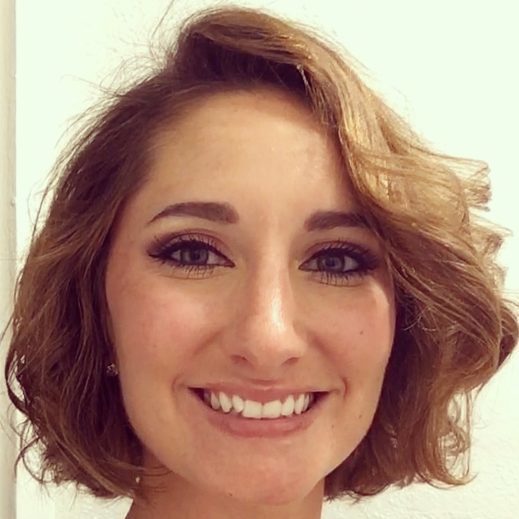We are delighted to announce the results of the recent 2024 P4 Technical Steering Team (TST) Elections. Nate Foster (Cornell), Steffen Smolka (Google) and Hari Thantry (Google) have been elected to 2-year terms on the P4 TST.
We also would like to extend a warm thank you to outgoing TST members JK Lee and Noa Zilberman. We greatly appreciate all of your hard work and dedication to P4!
Recently, ONF announced that it will be merging its portfolio of projects with the Linux Foundation (LF), and that P4 will graduate to become an independent project under LF. The P4 TST will continue to lead the project, and we are working hard to ensure a seamless transition. You can check out the recent blog by the P4 leadership about the transition and forward vision for P4.
P4 community momentum continues to accelerate, and the P4 working groups continue to make significant progress and release regular specification updates, along with increased opportunities for community engagement via workshops, tutorials and hackathons. Get involved today!
About Our New P4 TST Members
Nate Foster
 Nate has been involved with P4 since 2016, and currently serves as co-chair of the Language Design Working Group. On the technical side, Nate has been involved with tools for reasoning about P4 programs, including p4v, Petr4, LeapFrog, and p4testgen. The latter tool, led by Fabian Ruffy, has seen significant adoption in industry.
Nate has been involved with P4 since 2016, and currently serves as co-chair of the Language Design Working Group. On the technical side, Nate has been involved with tools for reasoning about P4 programs, including p4v, Petr4, LeapFrog, and p4testgen. The latter tool, led by Fabian Ruffy, has seen significant adoption in industry.
Currently, with his Cornell research group, Nate has been working on a formal specification of the language. In the open-source community, he is excited about the emerging effort led by Andy Fingerhut to bring architecture specifications into the language.
As part of the P4 TST, Nate is eager to help P4 continue to develop to achieve maximum impact in the industry. In his view, this means consolidating efforts around P4 on switches, evolving the language to support P4 on NICs, and continuing to support work on P4 as a specification language.
Steffen Smolka
 Steffen first started working on P4 in 2016 as an intern at Barefoot Networks. For the last 4 years he has been working on P4 at Google, leading a team that uses P4 as a specification language and builds and applies tools that perform automated switch validation against such a given P4 spec. Steffen and his team have published a paper describing this approach at SIGCOMM last year, and have also given a tutorial (together with many external collaborators) on it at SIGCOMM this year.
Steffen first started working on P4 in 2016 as an intern at Barefoot Networks. For the last 4 years he has been working on P4 at Google, leading a team that uses P4 as a specification language and builds and applies tools that perform automated switch validation against such a given P4 spec. Steffen and his team have published a paper describing this approach at SIGCOMM last year, and have also given a tutorial (together with many external collaborators) on it at SIGCOMM this year.
As a P4 TST member and active daily user of P4, Steffen can offer both an industrial/practical perspective (as a Google SWE) as well as an academic/theoretical perspective (having done a PhD in programming languages).
Steffen’s goals for his term on the P4 TST are to build more awareness around and momentum behind the usage of P4 as a specification language. In his view, this use case is still under-emphasized. With Tofino out of the picture, Steffen believes it may become the most appealing P4 use case going forward.
Hari Thantry
 Hari has been working on the P4 project since 2015, and currently leads the effort at Google on using P4 as the standardized language for expressing all their fastpath pipelines, and as the preferred infrastructure for a vendor-agnostic HAL. Hari is also engaged externally in improving the open source support for targeting real hardware, e.g. through adding compiler passes to the existing P4C frontend to enable targeting a TCAM based parser model, based on this paper from Stanford.
Hari has been working on the P4 project since 2015, and currently leads the effort at Google on using P4 as the standardized language for expressing all their fastpath pipelines, and as the preferred infrastructure for a vendor-agnostic HAL. Hari is also engaged externally in improving the open source support for targeting real hardware, e.g. through adding compiler passes to the existing P4C frontend to enable targeting a TCAM based parser model, based on this paper from Stanford.
Having worked fairly deeply in both Switch (Tofino at Barefoot), and programmable SmartNICs (F/S1 at Fungible, Mount Evans at Google), and having worked fairly closely with vendors on other architectures, Hari feels that he brings a fairly unique perspective to both the set of challenges and the opportunities in evolving P4 for emerging SmartNIC architectures. Hari believes that for P4 to be successful in the SmartNIC space, it should evolve in a direction that allows expressing endpoint operations (e.g. descriptor processing, TSO, DMA) and primitives (timers, queues) at a fairly fine grained level. Steering P4 to work with emerging silicon in this space, while also strengthening the open source ecosystem around it (compilers, models) would greatly accelerate the adoption of such silicon.
About P4
The P4 Open Source Programming Language is governed by the Technical Steering Team, Chief Architect, Advisory Board, and the ONF Board of Directors. Governance of the P4 project fosters openness and technical meritocracy. Learn more about P4

